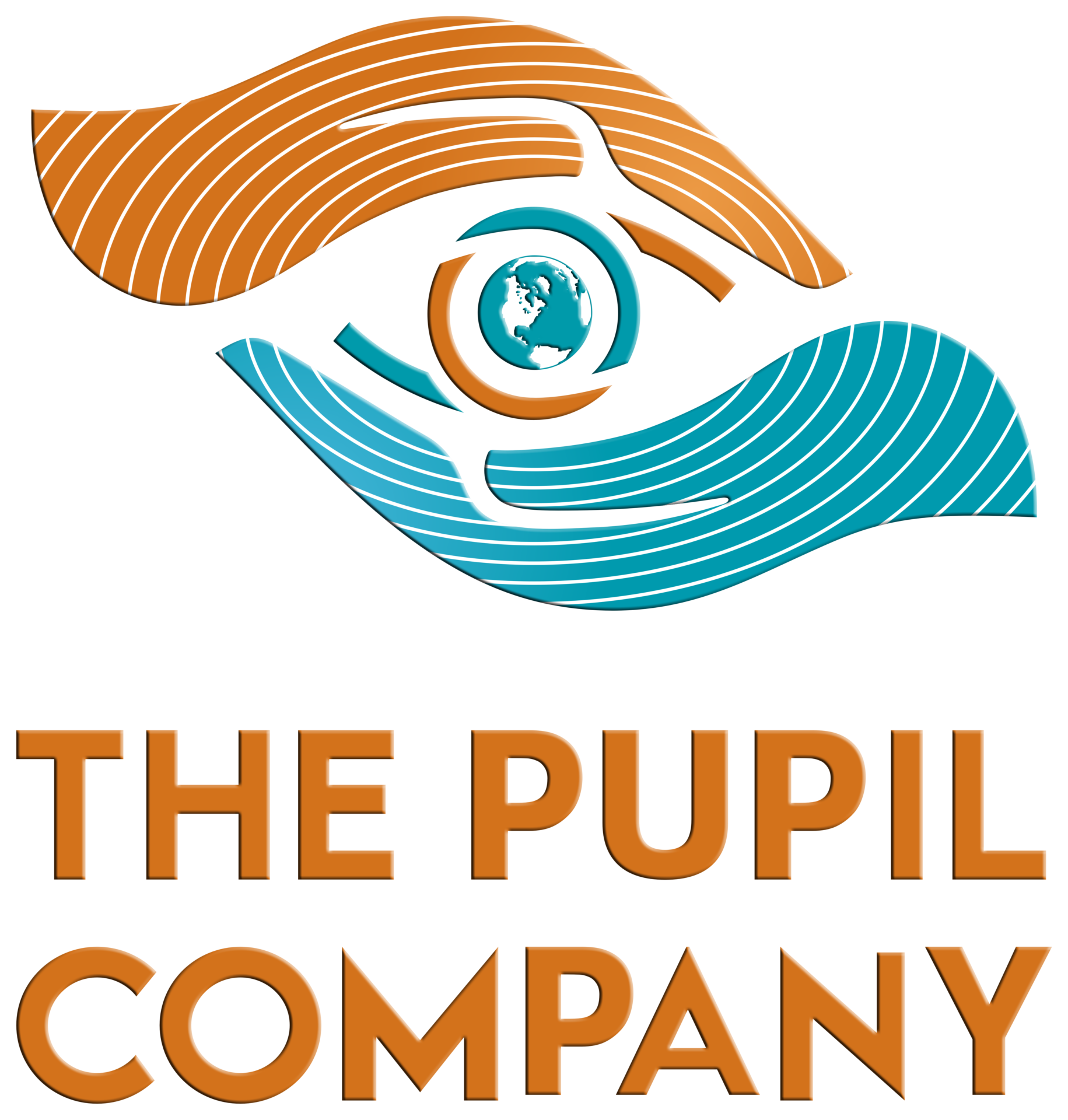A Learning Management System is like the cockpit of a plane—packed with tools that help you navigate, adjust course, and ensure a smooth journey for every learner. But many corporate trainers only scratch the surface of what their LMS can do, leaving powerful features untapped. By fully exploring and using these tools, trainers can create richer, more effective learning experiences that truly take flight.
One key feature often overlooked is automation. Think of it as your autopilot, handling repetitive tasks like enrolling learners, sending reminders, and tracking progress. Automation frees you up to focus on more strategic aspects of training design and delivery. It also ensures consistency, making sure no one slips through the cracks. When learners are automatically placed into the right courses based on their roles or skill gaps, the training becomes more targeted and effective. With these time-saving tools, you’re not just managing learning—you’re orchestrating it.
Another crucial feature is analytics and reporting. If automation is the autopilot, analytics is your dashboard, showing you exactly how your training is performing and where you need to make adjustments. Completion rates, engagement metrics, assessment scores—these are more than just numbers; they’re insights into how well your learners are absorbing the material. Analytics allows you to see patterns, identify struggles, and adapt the training to better meet learners’ needs. Without these tools, you’re flying blind, making assumptions about effectiveness rather than responding to real data.
Finally, the ability to integrate different formats and tools is what makes an LMS truly powerful. It’s like having a control panel that can connect to every system you need—webinars, video platforms, social learning tools, and more. By using these integrations, you can create a seamless experience that meets learners where they are, catering to diverse preferences and learning styles. Whether it’s a virtual classroom, on-demand content, or peer-to-peer collaboration, the LMS can serve as the central hub that ties it all together. This kind of flexibility is essential in today’s fast-paced, hybrid work environments.
For corporate trainers, the message is clear: dive deep into your LMS and make the most of its capabilities. Start by automating routine tasks to save time, then use analytics to understand what’s working and where improvements are needed. Finally, explore integrations that enrich the learning experience, creating a program that’s as dynamic as your workforce. When you embrace the full potential of your LMS, you move from simply managing training to truly elevating it.
